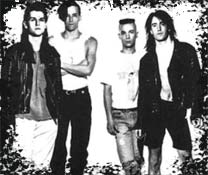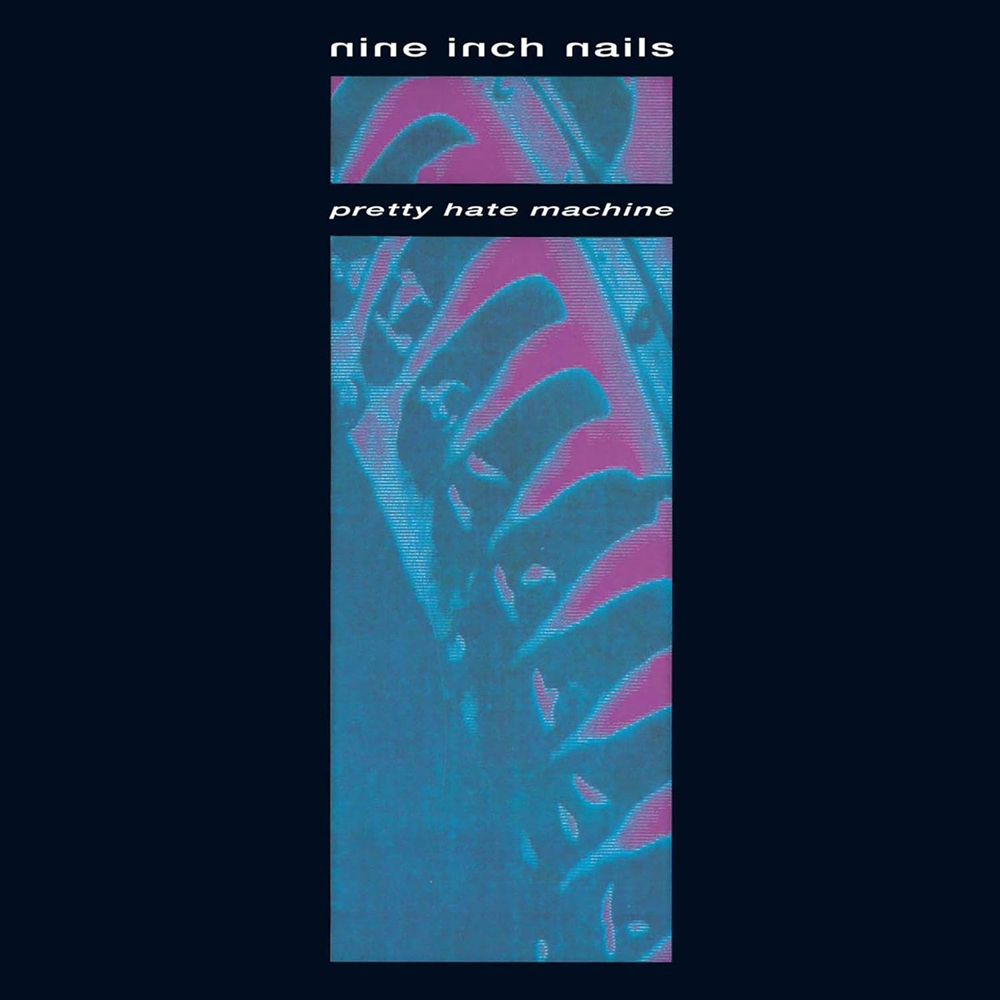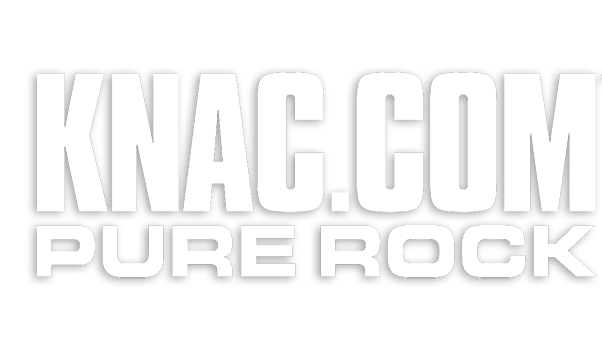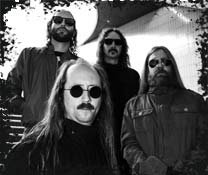35 Years Of NINE INCH NAILS' Pretty Hate Machine: The Birth of a Monster
By
Tony Sanchez, @OculosCaecos,
European Correspondent
Monday, October 21, 2024 @ 10:26 AM
|
|
 |
|
I didn't discover Pretty Hate Machine when it first dropped in 1989. That wouldn't come until a few years later, after Broken had blown my speakers and The Downward Spiral had done something far more profound-redefined what I even though music could be. But once I did stumble upon NINE INCH NAILS' debut, there was no going back. It felt like digging up an artifact, not from the past but from the future-a raw and seething prototype for what would soon evolve into something much larger and far more dangerous.
Before NINE INCH NAILS became a household name for the disenfranchised and angst-ridden, Trent Reznor was a guy in Cleveland working at Right Track Studios and bouncing around the local scene. There were bands like THE INNOCENT and EXOTIC BIRDS, which had the talent but not the edge to really stand out in the late '80s rock landscape. Reznor was absorbing everything around him, soaking up the influences of Wax Trax Records, industrial noise, and the more abrasive side of the synth-pop movement. His brief stint working with Al Jourgensen of MINISTRY and REVOLTING COCKS certainly left a mark. Jourgensen's early work, especially MINISTRY's The Land of Rape And Honey, was like a blueprint for Reznor's fusion of dark electronic grooves with aggressive, industrial soundscapes.
And so came Pretty Hate Machine. Recorded while Reznor was moonlighting as a janitor at Right Track, sneaking into the studio after hours to work on his own project. His obsessive perfectionism-recording each instrument himself-was already there, long before the sprawling, complex monster that NINE INCH NAILS would later become. He cobbled the album together with a mix of synthesizers and guitars, adding some serious polish from producers like Flood and Adrian Sherwood. But the magic wasn't just in the production-it was in the songwriting. Reznor had tapped into something unique: he merged catchy, accessible synth-pop hooks with the kind of raw, distorted ferocity that felt both cathartic and dangerous.
Take the track "Head Like a Hole" It's essentially a pop song-there's a hook there that could easily live in a DEPECHE MODE or NEW ORDER track-but Reznor's voice snarls through the mix, coated in anger, disillusionment, and a seething kind of existential rage. The keyboards shimmer while the guitars bite, all wrapped up in a sheen of pure rebellion. And that balance, that duality of precision and chaos, is what made Pretty Hate Machine not just another industrial album, but something entirely new. You could dance to it, but you could also destroy things to it.
It's no wonder Pretty Hate Machine found fans in places you wouldn't expect. Axl Rose was one of them-who could forget seeing him on the Tokyo Live tapes rocking a "SIN" t-shirt? You don't often think of Axl as someone deep into the industrial scene, but NIN was different. Reznor's ability to write earworms while also pushing the limits of sonic aggression struck a chord, even with hard rock royalty.
 At the time, the album wasn't an immediate commercial hit. It simmered, slowly gaining momentum, creeping into the consciousness of an audience that would eventually find themselves drawn to its unique combination of introspection and defiance. By the time The Downward Spiral dropped, Reznor had already redefined the landscape, but Pretty Hate Machine was the blueprint. The seeds of chaos, beauty, and rage were already there, ready to sprout into something even bigger.
At the time, the album wasn't an immediate commercial hit. It simmered, slowly gaining momentum, creeping into the consciousness of an audience that would eventually find themselves drawn to its unique combination of introspection and defiance. By the time The Downward Spiral dropped, Reznor had already redefined the landscape, but Pretty Hate Machine was the blueprint. The seeds of chaos, beauty, and rage were already there, ready to sprout into something even bigger.
Reznor's vision with Pretty Hate Machine was unprecedented for the time. It wasn't just the sound that was forward-thinking; it was the message. There's something hauntingly personal about it, yet universal in its anger. The album didn't offer solutions or resolutions-it reveled in the unresolved tension of feeling like an outsider, like someone on the verge of collapse. That's why it's endured. Reznor tapped into a raw, emotional undercurrent that was present but often ignored in popular music.
In retrospect, Pretty Hate Machine wasn't just the first NIN record; it was the genesis of an empire. Reznor would go on to create music that was more complex, more extreme, more everything, but this album still resonates today, 35 years later, because it was so ahead of its time. It's an artifact that doesn't age, because it captured the moment when music was about to evolve into something darker, something more visceral. It was the beginning of something monstrous, and its echoes can still be heard every time someone cranks up the volume and hits play on that opening synth riff of "Head Like a Hole".
Looking back, it's hard to believe that Pretty Hate Machine ever had a beginning-it feels more like it always existed, lurking in the shadows of the music world, waiting for the right time to pounce. And for those of us who found it, years after its release or even decades later, it's still just as ferocious, just as life-altering as it was in 1989.

|




